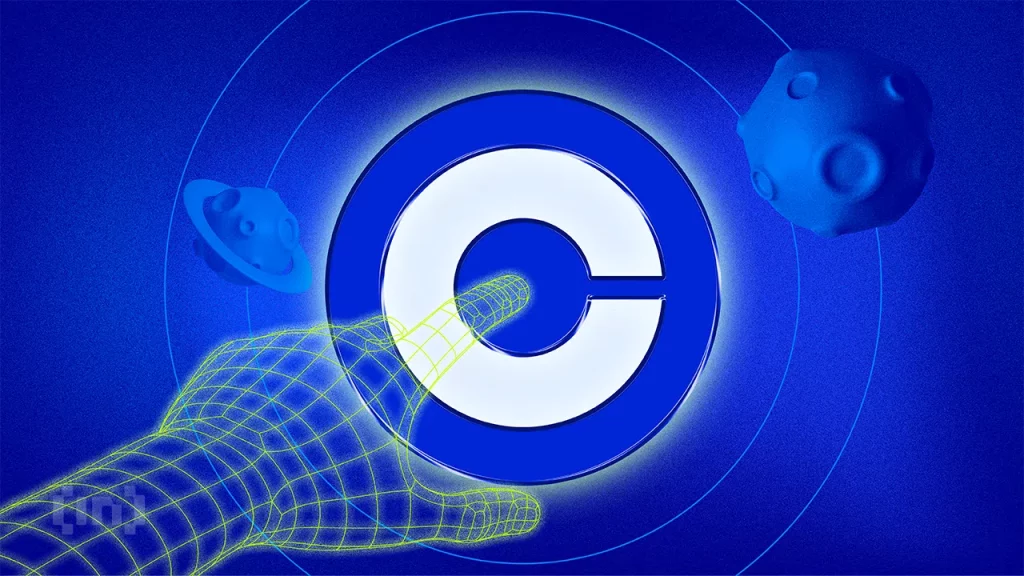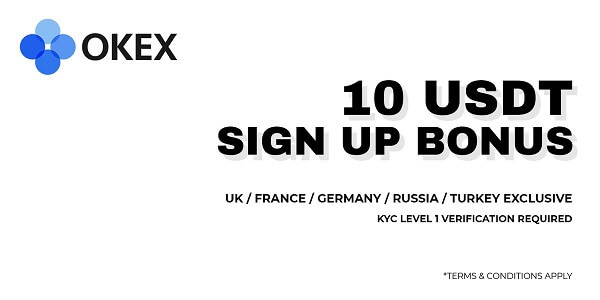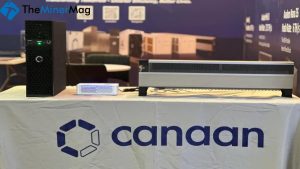What is Base? 5 Key Features of Coinbase’s New L2 Blockchain

With the Base Mainnet set to launch on August 9, excitement is building around Coinbase’s Ethereum Layer 2 (L2) blockchain.
Having launched the testnet in February, Base is described by Coinbase as a “secure, low-cost, developer-friendly Ethereum L2 built to bring the next billion users to web3.”
But in an increasingly crowded field of Ethereum scaling solutions, what differentiates Base from other L2s?
This article will look at five key features of the new blockchain network that distinguish it.
1. The Base Chain is Built Using OP Stack
To build Base, Coinbase turned to OP Stack, a modular, open-source framework developed by the team behind Optimism. As the Ethereum ecosystem ushers in a new era of rollup-centric development, OP Stack is a popular tool among L2 developers looking to deploy optimistic rollups.
The Base Mainnet will function as a separate network from Optimism. But the decision to use OP Stack means there will be a high level of interoperability between the L2s.
From the outset, the Base development team has collaborated closely with OP Labs, a core developer of OP Stack. What’s more, the two projects are aligned in their approach to Ethereum scaling. With a shared vision for a decentralized, interoperable “Superchain” of L2s, Base is continuous with a movement started by Optimism.
Emphasizing the Superchain vision, Base developers have committed to sharing the network’s transaction fees with the Optimism Collective.
2. Base Does Not Have Its Own Token
You may be wondering, what token does Base use? But unlike other L2s, Base doesn’t have its own dedicated network token and there are no plans to issue one.
Arguably, this tokenless design is only possible thanks to the support of Coinbase, which lends legitimacy to the Base chain. Unlike other comparable solutions, the project has offered no token incentive for locking assets on Base.
Since the Mainnet launch, the total value locked (TVL) on the Base blockchain has climbed to over 61,000 ETH. In USD, that equates to a TVL of around $112 million. The majority of this is likely to have come from Coinbase as it looks to boost liquidity on the network.
The decision not to issue a native Base token follows a philosophy of remaining as “close” to Ethereum as possible. And in a bid to entice Ethereum developers, Base has sought to closely replicate its features while scaling its functionality in line with other L2s.
3. The Base Chain Was Designed to House Coinbase Products But Has Broader Ecosystem Ambitions
The development of Base was funded by Coinbase. And the crypto exchange operator intends to use the blockchain to power various products going forward.
Yet, despite this initial impetus, the vision for Base is to build an open ecosystem that will attract other applications. In this sense, it is similar to the BNB chain, which grew out of the efforts of the Binance crypto exchange but now runs mostly autonomously from the company that built it.
Like Binance, Coinbase is one of the most recognizable crypto brands in the world. And Base intends to leverage this brand recognition to attract users.
Certainly, with $120 billion in crypto assets on the platform and millions of active users, Coinbase could drive significant value to Base. But if it is to achieve the dream of a billion Web3 users, it will need to demonstrate use cases that extend beyond the limited world of cryptocurrency trading.
To this end, Base has already welcomed a number of testnet participants. The Base team has also extended an invitation to new builders to join the network.
4. Base is Committed to Decentralization
Coinbase’s involvement invites criticism that Base is “owned” by a private corporation. Yet, the crypto space is notoriously skeptical of blockchain projects that don’t adhere to the philosophy of decentralization.
At the moment, the only sequencer on the Base network is Coinbase. In other words, servers controlled by the firm are solely responsible for validating transactions.
However, Base has a roadmap for decentralization in there coming months and years. Going forward, its operation and governance will transition toward something more analogous to Ethereum.
As an in-between step, the first move will be to delegate decision-making powers from the core Base developers. to a “security council” representing the key stakeholders. As the Base ecosystem grows, it will roll out more democratic governance mechanisms to represent the diversity of network participants.
5. Base Supports Account Abstraction
In Ethereum jargon, there are two types of “accounts”. Contract accounts execute code upon the receipt of a transaction. Meanwhile, externally owned accounts (EOAs) function as addresses that send and receive Ether.
Users interact with Ethereum using EOAs, which is the only way to initiate a transaction or execute a smart contract. The concept of account abstraction describes situations in which a user interacts with the network without owning the underlying account.
In other words, it allows third-party EOAs to execute transactions on behalf of someone else. This means users can engage with smart contracts without having to pay gas fees or worry about storing private keys.
Two companies, Gelato and Safe, collaborated to help facilitate account abstraction on Base. As discussed in a Gelato blog post, the Base Mainnet is accompanied by an account abstraction Software Development Kit (SDK). The SDK will help Web3 developers easily build account abstraction into their applications.
Disclaimer
Following the Trust Project guidelines, this feature article presents opinions and perspectives from industry experts or individuals. BeInCrypto is dedicated to transparent reporting, but the views expressed in this article do not necessarily reflect those of BeInCrypto or its staff. Readers should verify information independently and consult with a professional before making decisions based on this content.













